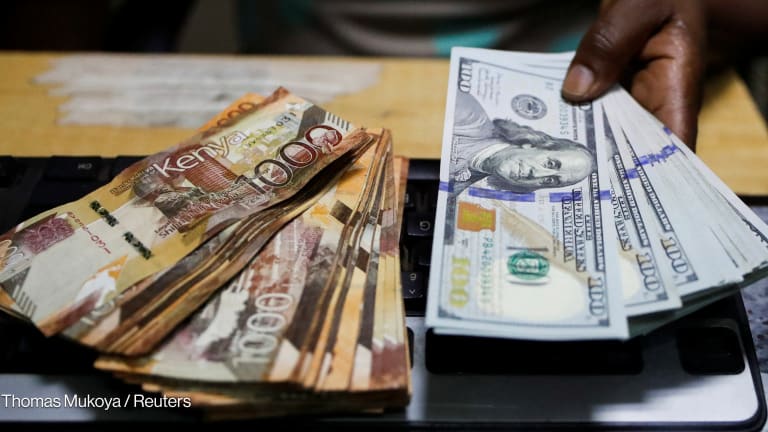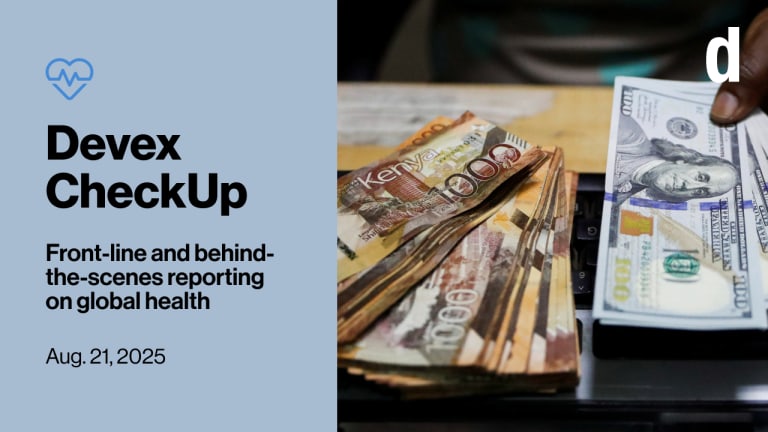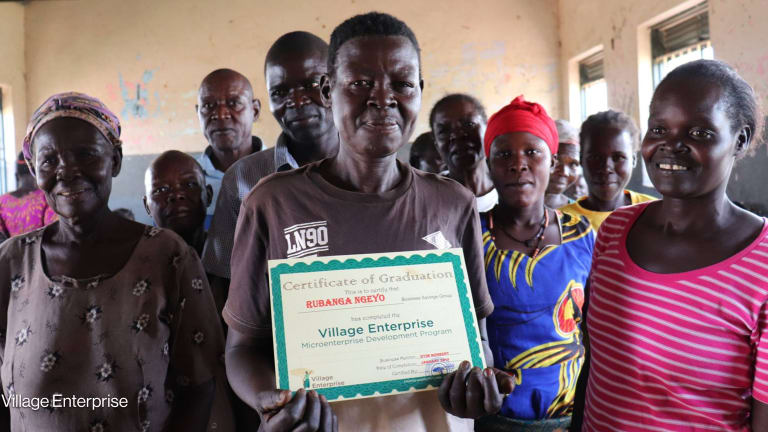Cash transfers are one of the most rigorously studied anti-poverty interventions to date and the evidence that they work is overwhelming. You’ve likely seen years’ worth of studies covering the impact of cash on everything from maternal and child mortality to new business creation to violence reduction. The unprecedented scale-up of government cash responses to the COVID-19 pandemic provided even more evidence of its usefulness to cushion families against shocks.
But it’s easy to mistake coverage about cash transfers with adoption. It’s likely less than 5% of official development assistance goes to cash programming — though no one is tracking the exact amount. With all this evidence of adaptability and impact, why is so little development assistance given directly to people living in poverty? The answer may be that too many donors now think of cash as the “thing to beat” rather than the “thing to scale.”
USAID benchmarking their programs against cash is a great boost to evidence-based policy, and a sign that direct giving is being taken seriously as a development tool. The effects of cash transfers in these studies mirror the broader evidence, showing significant improvements in the lives of people in poverty. Conversely, some of the other development programs studied have not achieved their stated goals (e.g. nutrition), let alone led to transformative effects in the lives of the people they aim to help. My organization, GiveDirectly, is a major contributor to, and advocate for, using benchmarking to make aid more impactful.








